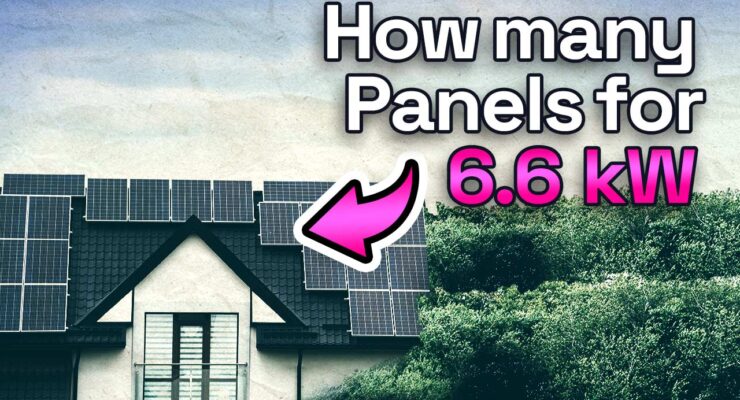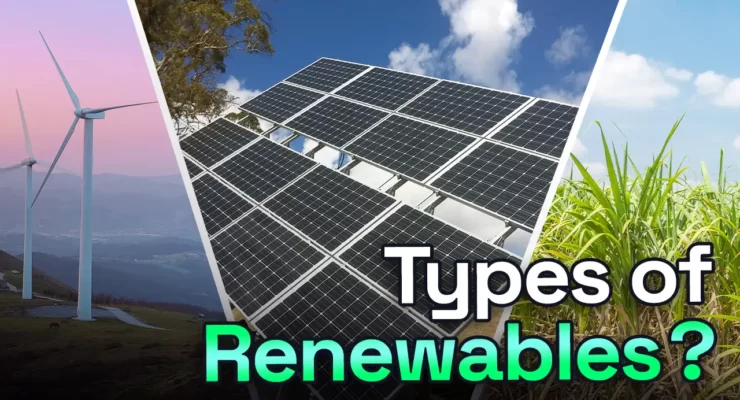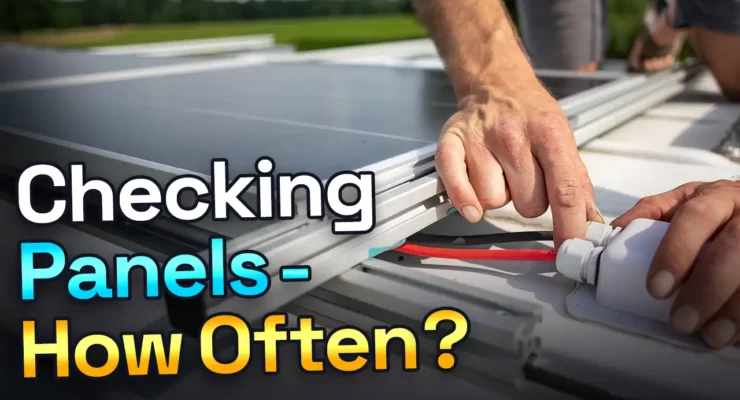Fast read
The most widely used system in Australia is 6.6kW, but they are now getting bigger. For example, solar panels typically have 390 to 420 and even up to 450 Watts per panel. So you require between 14 and 16 panels to create a 6.6kW system.
A 6.6kW solar system typically produces 24 kWh of power on average. The inverter for your home is often limited to a 5kW inverter in single-phase dwellings, which is also partially why many homes get a 6.6 kW size solar system. A decent quality 6.6kW solar system might cost between $6,000 and $9,000 after rebate once installed.
For more than 6.6kW, your installer, depending on which part of Australia you are in, might be required to talk to your Distributed Network Service Provider to gain permission to install an inverter larger than 5kW.
If you have three-phase power, you could install a bigger solar system or a large home battery system and a sizeable solar system (if you have the roof space) and disconnect from the grid (go off-grid).
I want a 6.6kW solar system; how many solar panels will I need?
In Australia, 6.6kW solar systems stand out as one of the most sought-after sizes, offering a balance between efficiency and power generation. This system has solar panels with a certain wattage. For example, in 2017, with 300-watt panels, about 22 panels were needed to make a 6.6kW solar system.
A 6.6kW system equals 6,600 watts. Solar panels now range from 390 to 450 watts because of technology advancements. This means that in the current market, you would require between 14 to 16 solar panels to achieve a comparable 6.6kW solar system.
The shift towards higher-wattage panels not only allows for a more streamlined installation process but also enhances the efficiency and power output of the system. Keeping up with new developments in solar technology is important when considering installing solar panels at home. This will help you choose the best options and get the most energy.
How much electricity can a 6.6kW solar system generate?
No definitive answer exists for this question, as several factors can increase and decrease the output of your system. These include the direction the panels face, if there is shade, and where you live. For example, a 6.6 kW solar system in Brisbane will generate quite a bit more than the same size system in Melbourne because Brisbane gets more sun.
In a general statement, the average electricity output from a 6.6kW solar system is about 24kWh. Our output calculator can give you more precise numbers for your specific postcode.
6.6kW solar systems are a popular choice for various reasons, and one significant factor is the flexibility they offer with a 5kW single-phase inverter. According to guidelines on system oversizing, you can add up to 6.6 kW of panels to a 5kW inverter, providing users with an efficient and cost-effective solution to maximise solar energy production.
Additionally, in certain regions, using a 5 kW inverter aligns with regulations set by energy distributors. This compliance is driven by concerns related to grid congestion, where an excess of solar energy is exported to the grid during peak periods, notably in the middle of the day.
Adhering to these regulations not only ensures the smooth functioning of the grid but also enhances the overall efficiency of solar systems. Strategically considering inverter capacity and local regulations can help distribute solar energy efficiently. This can reduce grid congestion and address concerns related to stable energy distribution.
How much does a 6.6kW solar system cost?
After getting a 6.6kW solar energy system installed and factoring in rebates, the overall cost can range from $6,000 to $9,000. This includes the price of the solar system, installation, and any extra parts needed.
Keep in mind that the final cost of solar might vary based on factors like the type of solar panels and other components, as well as the installation details. It’s a good idea to talk to solar installers to get personalised quotes and see if there are any extra savings or incentives available for your solar investment.

I want more than 6.6kW; What can I do?
To install solar panels exceeding 6.6kW, your installer must consult your Distributed Network Service Provider and obtain approval for an inverter larger than 5kW. If you have three phase, usually large inverter sizes are ok.
Alternatively, you could install a home battery system and large solar system and completely disconnect your home from the grid. This would stop your need to talk with your Distributed Network Service Provider, and energy bills would be zero for years. Nevertheless, we do not recommend such a drastic step, as such an off-grid solar system would be exceedingly costly.
So maybe, if technically feasible, upgrading your home power supply to three phase might be a more realistic option. While this may also sound expensive, in the grand scheme of things, maybe a 6.6kW solar system offers the best-sized solar system in Australia today, especially for a single-phase supply.
Here’s the price
In Australia, a 6.6kW solar system is a popular choice because it strikes a good balance between efficiency and power generation. This system usually includes solar panels with specific wattage. Nowadays, panels range from 390 to 450 Watts, and you’ll need around 14 to 16 panels to make up a 6.6kW solar system.
On average, a 6.6kW solar system produces about 24kWh of electricity, but the actual amount can vary based on factors like panel direction, shade, and where you live.
A 6.6kW solar system can range in cost from $6,000 to $9,000 after installation and factoring in rebates.
If you’re thinking about a solar system larger than 6.6kW, you’ll need approval from the Distributed Network Service Provider. Another option is to install a home battery system for more self-sufficiency.
In the end, while exploring larger solar systems is possible, a 6.6kW solar system remains a popular and affordable choice for residential solar needs in Australia today.



